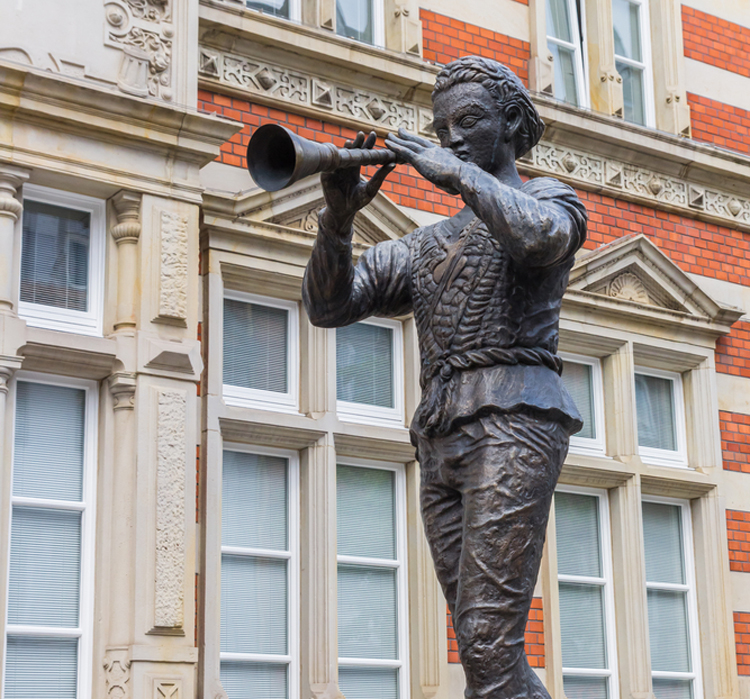Contesting a Left-liberal estimate which has historically dubbed the Naxalite movement an anarchist and sectarian one, the editor, Ranabir Samaddar, in From Popular Movements to Rebellion, argues for a historical and political reading of the movement’s popular base in Bengal to excavate a reasoned understanding of the movement and its impact. Evolving out of research seminars conducted by the Calcutta Research Group, the book is spread over 550 pages, divided into four sections with 25 different essays and reports. In a field that is relatively well-saturated, From Popular Movements presents itself as an authoritative companion to the Naxalite decade of the 1970s in three distinct ways.
A study of the 1970s is timely as the decade has played a crucial role in fuelling popular movements and in unleashing unprecedented State repression. In all, in our post-colonial times, the 1970s remain a very important decade which deserves to be studied. This volume not only claims to study the Naxalite movement but also offers a much wider field of popular struggles before the Seventies and during the decade. Analysing the roots of the Naxalite movement in the 1950s and 1960s, the opening section, “Prelude to the Storm”, presents three historical essays, followed by a study of the Naxalite decade. In addition to the eight essays which assess the spread of the movement in Bengal and its impact, there are two in a section entitled “The Decade in Bihar” which trace the rise and role of mass politics in an age of authoritarianism, the Emergency. The section on Bihar also presents selected reprints of party documents of the Communist Party of India (Marxist-Leninist), excerpts from police reports and a replication of an interview with the peasant leader, Ram Naresh Ram. The final section of the anthology, “The Cultural Struggle”, consists of seven literary texts, short stories, followed by the reproduction of some landmark photographs of the period. The appendix at the end of the volume contains the well-known CPI(ML) report on the peasant movement in the Terai region.
From Popular Movements to Rebellion: The Naxalite Decade; Edited by Ranabir Samaddar, Routledge, £115
Samaddar’s expertise in envisaging and editing a companion volume on the 1970s is well established as he has been a participant and is a very well-known scholar and commentator. In the Introduction, Samaddar underscores the importance of the volume while recalling other ‘decade-oriented’ companion studies. According to him, the volume shifts the focus from nationalism to post-colonialism, to a study of popular discontent and struggles and, importantly, to a critique of the movement’s historiography produced by its ideologues. In two thought-provoking essays, Samaddar analyses how popular struggles inaugurated the birth of the politically plural subject but the doctrinal blindness produced by the radical negativity of the movement’s practitioners failed to understand this very political horizon of expectations. Consequently, the movement’s critique remained moribund as followers have mostly gone by the fault lines in historiography. The book, then, offers newer ways of reading praxis and, among other matters, Samaddar presents an analysis of the popular ‘occupation’ strategy undertaken in Presidency College in 1966-1968, which ‘ironically’ undid the power of mobilization. An interesting essay no doubt, but since the actual narration ends in less than seven pages, the remainder of the essay is speculative and opaque.
The third intervention is a synchronic reading of literature and history. By arranging literary texts along with history, the volume offers an understanding of the cultural struggle that arose in the wake of the movement. Although selecting literary texts is not easy, Sumanta Banerjee’s introduction to the final section provides a credible account of the way literary idiom changed in the Seventies because of the change in politics. For first-time readers, the selection is interesting as it offers room for thought on literature’s engagement with politics.
Overall, the volume presents an interesting mix of essays and reports. The omission of writings from Andhra Pradesh is compensated for by the inclusion of essays on Bihar. Most of the essays are well researched, such as those by Anwesha Sengupta or by established scholars such as Paula Banerjee or Sumanta Banerjee, to name a few. However, as a companion volume which includes original reports and documents, the selection is not always satisfactory as the reader is not made aware of the importance of the reprints. Perhaps, the reportage could have formed an independent and stand-alone section. The volume’s decision to have one author write multiple essays does not necessarily have the best results as it leads to repetition. Moreover, the importance of the 1970s should not remain locked in place as there is a need for further deliberation on how the decade affected the period that followed. Possibly, a later volume will be able to address the lacuna in the present one. In all, From Popular Movements offers a ready reference for those researching the time.













